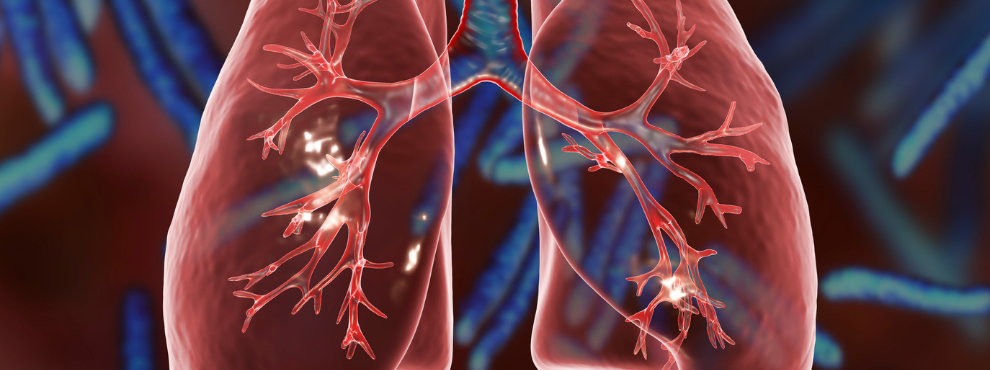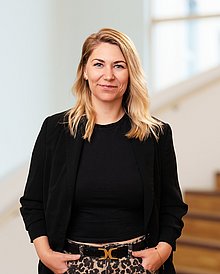Research on (still) living parts of the lung
Prof Dr Stéphane Collaud from Witten/Herdecke University can test new drugs and chemotherapy outside the body.

Prof Dr Stéphane Collaud is Chief Physician for Thoracic Surgery at the Cologne City Clinics and also holds the Chair for this subject at Witten/Herdecke University (UW/H). He mainly operates on tumours of the lungs or airways - both minimally invasive "through the keyhole" and open. "When we operate on lung cancer, we have to keep a safe distance. We can keep the removed part, the so-called 'lung lobe', alive for several hours - of course only with the patient's consent," he says, describing the preparation for his actual research work. He uses these living lung sections to test new types of chemotherapy or other drugs. Using high-resolution tomography images from the normal CT and the PET-CT, which specialises in cancer detection, he can also better understand how the cancer develops and spreads.
From lung transplantation to research for better cancer treatment
A machine that Prof Collaud used with a team of doctors at his previous appointment, the Ruhrlandklinik in Essen, and has now brought with him to Cologne, has brought about major progress in this research. Ex-vivo lung perfusion systems have been around for several years. Lungs are "connected" to these systems before a transplant and supplied with a replacement solution for blood and oxygen. This pre-treatment also allows lungs to be transplanted that would otherwise not be suitable. Prof. Collaud already worked with this system in 2012 during his stay at the world's leading lung transplant centre in Toronto. "We have now adapted the existing machines to keep parts of the lung alive for hours after cancer surgery," he says, describing his role in developing the new research perspective. "The possibility of testing new drugs such as chemotherapy virtually as if they were in the living body offers great hope for better treatments in a few years' time," he says, expressing his motivation. "One possible application would be direct, localised chemotherapy in the lungs. This could be used for patients with sarcomas and lung metastases, for example."
Clinical research and better surgical methods
Another pillar of Prof Collaud's research work is the further development of existing surgical methods. His own surgical skills also play a role here and sometimes inspire his imagination: "For example, I was able to help develop a surgical method that would have required a much larger operation a few years ago," he says. For example, he succeeded in completely removing the lung cancer from a seriously ill patient. The cancer had grown into the main artery, the aorta. The doctors were able to supply the aorta with a type of stent and thus remove the part affected by cancer with significantly lower risks. Other patients with advanced lung cancer or thoracic sarcomas have since been saved as a result. This technique is now internationally recognised as the standard for this type of surgery. For Collaud, it is clear that there is still plenty of scope for new methods: "Such procedures also depend on the combination of surgical skill and new methods. I believe that we will have many more successes, even with diseases that were previously considered inoperable by many surgeons."
Contact person

Svenja Malessa
Press Officer
Administration | Communication & Marketing
Alfred-Herrhausen-Straße 48
58455 Witten
Room number: 2.F05